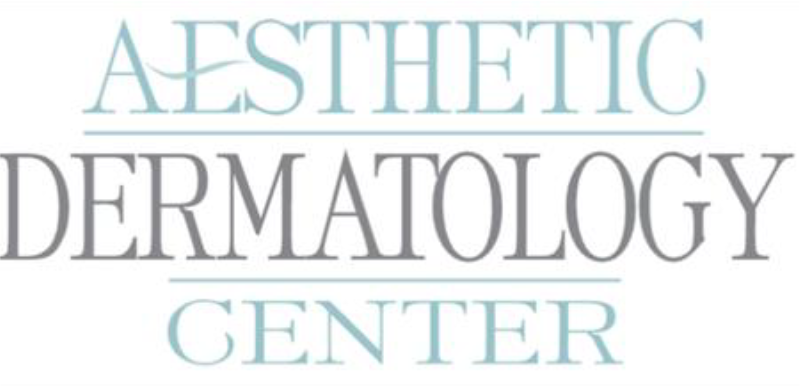Laser Skin Resurfacing
What is laser skin resurfacing, and how does it work?
Laser skin resurfacing is a technique that employs a laser device to reduce wrinkles and scars, tighten skin, even out skin coloring, and remove certain skin lesions. The Lumenis Ultrapulse CO2 laser uses a beam of light to vaporize outer layers of your skin and promote growth of new collagen fibers, resulting in skin that is smoother and firmer.
Who is a good candidate for laser skin resurfacing?
You may be an ideal candidate for laser resurfacing if you have fine lines or wrinkles around or under your eyes, nose, and mouth. Laser skin resurfacing is also ideal to correct uneven pigmentation, sun damage, sun-spots, scars, and enlarged oil glands. You may not be a good candidate for laser resurfacing if you have dark or tanned skin, an active infection in the treatment area, or have recently had facial surgery.
What should I know prior to treatment with laser resurfacing?
Since laser skin resurfacing is causing controlled damage to the skin to induce collagen formation, you should minimize deep facial peels (including strong chemical peels, dermabrasion) or heavy sun exposure prior to treatment. Tanning prior to treatment increases the risk of darkening of the treated skin. For this reason, avoidance of tanning beds and regular use of a broad-spectrum mineral-based sunscreen is strongly recommended for at least one month prior to treatment. Neuromodulators (Botox, Dysport, Daxxify) performed 2 weeks prior to laser treatment may enhance results.
What can be expected during and after laser resurfacing?
In general, laser resurfacing is performed in the office. To increase patient comfort, we use a combination of local anesthesia, nerve blocks, topical anesthesia and orally administered sedating medications prior to treatment. If you are getting a full-face and neck treatment, you may be in the office up to 2 hours for preparation, treatment and post-treatment care. We recommend you have a driver on the day of treatment. You will go home with an occlusive ointment (ie: Aquaphor) applied to your face. Once home, you will cleanse the area 3-4 times a day and continue to apply occlusive ointment until all scabbing has resolved. In general, the area heal within 5-21 days, depending on the nature of the condition treated and the type of laser setting used. Once areas have healed, makeup can be worn to camouflage the pink to red color that is generally present as your skin heals. Redness can last for 2-3 months but can persist for up to 12 months.
What outcome can I expect after laser resurfacing?
You should see an immediate difference in your treated skin. Depending on the laser treatment, your skin may stay pink to red for a few months. Your skin may continue to improve up to a year as new collagen is formed. Improvement may last for several years. Normal aging will eventually lead to new wrinkles and sun-spots which can be treated with laser resurfacing again.
